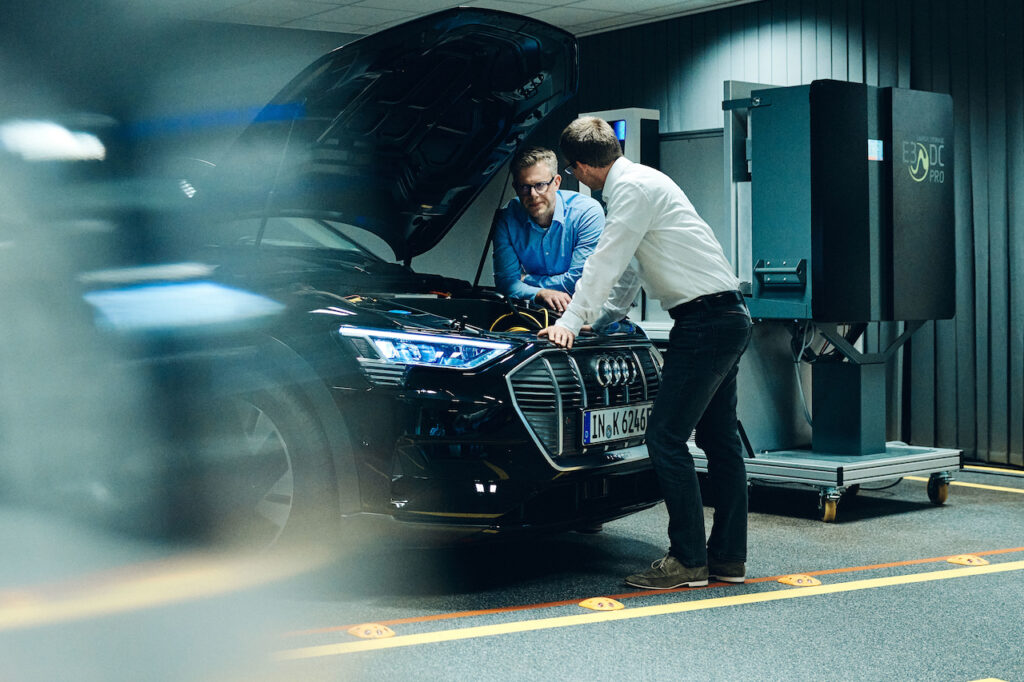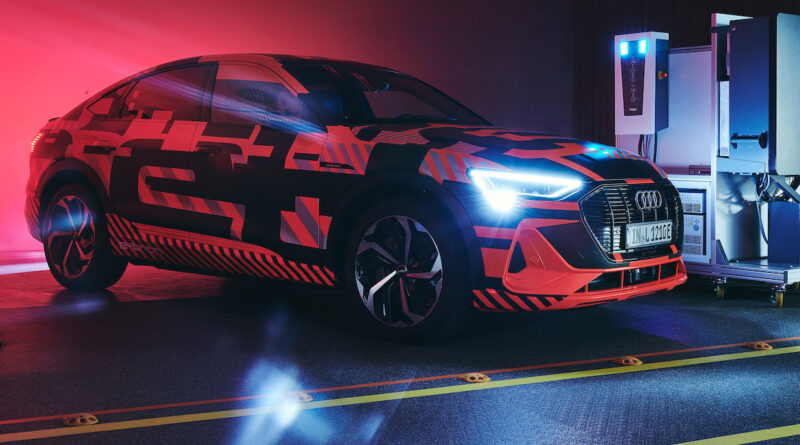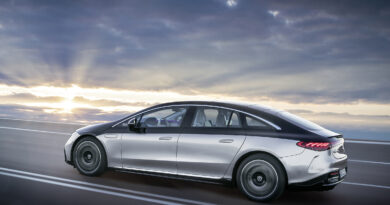Audi develops V2G capability to provide home electricity
Audi has confirmed it is developing vehicle to grid charging technology that would allow its e-Tron family of EVs to feed power back into homes.
The announcement follows on from the commencement of a trail in Canberra where more than 50 Nissan Leafs will be part of a V2G (vehicle to grid) trial.
Increased network stability, lower electricity costs and climate protection are all positives of “bidirectional charging” says Audi, which is working on the scheme in co-operation with the German electrical installer, the Hager Group.
Audi will launch 20 fully electric models by 2025. It has just launched the e-Tron and e-Tron Sportback in Australia.
“The battery of an Audi e-tron could supply a single-family home with energy for around one week independently,” said Martin Dehm, technical project manager for bidirectional charging at Audi.
“Looking ahead, we want to make this potential accessible and make the electric car part of the energy transition as an energy storage device on four wheels.”

The concept developed by Audi and Hager involves the high-voltage battery of the electric car charging via the wallbox at home and also supplying energy back to the house.
If the customer has a photovoltaic (solar) system, the electric car serves as a temporary storage medium for the domestically generated eco-electricity.
When the sun is no longer shining, the vehicle can supply the stored electricity back to the house.
It is also possible to achieve near complete energy independence and increased security of supply in the event of a blackout.
If the customer has variable rates, the electric car can supply the entire house in phases where electricity prices are high.
At night or during non-productive times of the rate, the car then uses inexpensive electricity to charge up to the desired target SOC (state of charge).
Currently, batteries to power a house are very expensive. The most affordable Tesla Powerwall is $11,700 and many houses would need to spend upwards of $20K for a reliable electricity supply from batteries.
Testing to develop the concept involved an Audi e-Tron operating with a DC wallbox – enabling a charging capacity of up to 12kW – and a flexibly extendable home storage unit with a capacity of 9kWh.

Thanks to the DC voltage level in the overall grid, the connection between the photovoltaic system and the vehicle does not require an inverter and is a particularly efficient solution.
“The intelligent charging management manages the optimum use of the battery, thereby maximizing the cost-effectiveness of the overall system,” said Dehm.
“The system is very easy for customers to use – all they have to do is plug in the car, and the rest happens automatically.”




